
Susan E. Little, DVM, PhD, DACVM, discusses what diagnostic tests should be used for tapeworms, hookworms, and roundworms in dogs

Dr. Susan Little is a Regents Professor and Krull-Ewing Chair in Veterinary Parasitology at the Center for Veterinary Health Sciences, Oklahoma State University. She is recognized internationally as a leader in veterinary parasitology and vector-borne disease. She teaches veterinary parasitology and oversees a research program centered on tick-borne diseases and zoonotic parasites. She is a founder and co-director of the National Center for Veterinary Parasitology, a past-president of the American Association of Veterinary Parasitologists, and an Emeritus Member and past-president of the Companion Animal Parasite Council (CAPC).

Susan E. Little, DVM, PhD, DACVM, discusses what diagnostic tests should be used for tapeworms, hookworms, and roundworms in dogs

Susan E. Little, DVM, PhD, DACVM, shares the most important control strategy for protecting dogs against parasites

Susan E. Little, DVM, PhD, DACVM, shares important things veterinarians should recognize regarding the surge in tick populations, and more

To mark the end of National Walk Your Pet Month, Susan E. Little, DVM, PhD, DACVM shares the importance of tick control in dogs as temperatures continue to rise during the winter season

Controlling parasites protects the human-animal bond, ensuring that fleas, ticks and internal parasites don't come between pets and their owners while also protecting pet and public health.

The National Center for Veterinary Parasitology and Companion Animal Parasite Council address emerging needs in understanding and managing heartworms and other complex parasites.

The common ticks on dogs and cats in North America are all three host ticks. Accordingly, the larvae, nymphs, and adults of each species must each quest, attach to a host, and feed before leaving the host to molt or deposit eggs in the environment.

Testing for Lyme disease and anaplasmosis often involves detection of antibodies. Antibodies may be detected on a patient-side assay such as the 3Dx/4Dx SNAP tests or using IFA at a reference lab. The SNAP test uses C6 as the target antigen and thus the B. burgdorferi result is very specific.

In many areas of the US, tick populations are dense, and at certain times of the year and when climatic factors are ideal, tick activity may be very high, overwhelming the ability of an acaricide to control ticks on dogs.
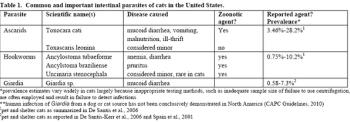
Despite the advent of highly effective, easily administered broad-spectrum parasite control products for cats, infection with intestinal parasites in general, and ascarids (roundworms) in particular, remains a common finding in cats.

Vector-borne diseases have taken on increasing importance in both veterinary and human medicine as new diseases continue to become recognized and established, vector populations spread, and the potential for transmission of infectious diseases between people and pets is increasingly understood.
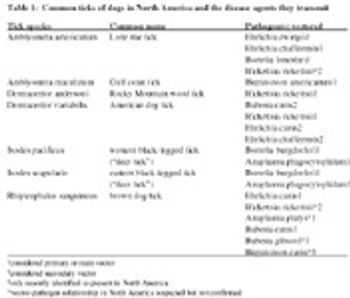
Vector-borne diseases in general, and tick-borne diseases in particular, are increasingly recognized as important in both veterinary medicine and public health. In recent years, new disease agents have been identified in both dogs and people, tick populations have increased in number and extent of geographic distribution, and the potential for transmission of disease agents to people and dogs appears to be increasing.
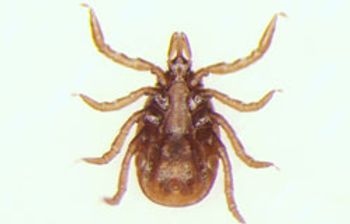
Test your knowledge of these little suckers and the diseases they transmit.
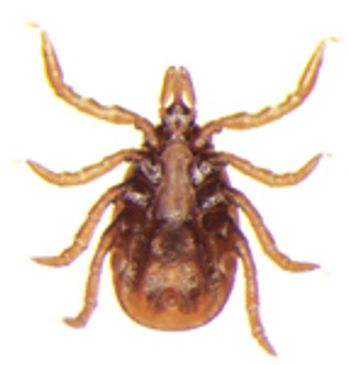
Test your knowledge of ticks and tick-borne diseases with this short quiz.

Test your knowledge of equine parasites with this quiz. If you're stumped, don't fret: The answers, with complete explanations, are provided.

Test your knowledge of equine parasites with this quiz. If you're stumped, don't fret: The answers, with complete explanations, are provided.

Test your knowledge of equine parasites with this quiz. If you're stumped, don't fret: The answers, with complete explanations, are provided.

Test your knowledge of equine parasites with this quiz. If you're stumped, don't fret: The answers, with complete explanations, are provided.
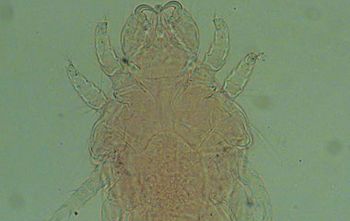
The answers, with complete explanations, are provided.

Test your knowledge of equine parasites with this quiz. If you're stumped, don't fret: The answers, with complete explanations, are provided.

Test your knowledge of equine parasites with this quiz. If you're stumped, don't fret: The answers, with complete explanations, are provided.

Test your knowledge of equine parasites with this quiz. If you're stumped, don't fret: The answers, with complete explanations, are provided.

Test your knowledge of equine parasites with this quiz. If you're stumped, don't fret: The answers, with complete explanations, are provided.

Test your knowledge of zoonotic parasites with this quiz. If your stumped, don't fret: The answers, with complete explanations, are provided.
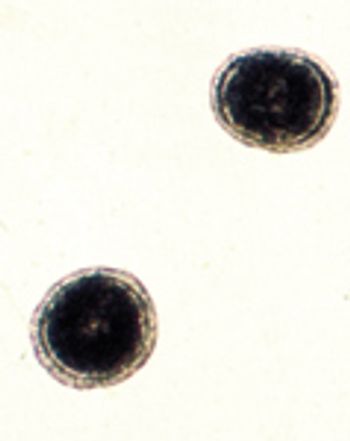
Test your knowledge of zoonotic parasites with this quiz. If your stumped, don't fret: The answers, with complete explanations, are provided.
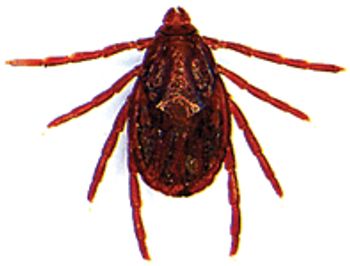
Test your knowledge of ticks and tick-borne diseases with this short quiz.
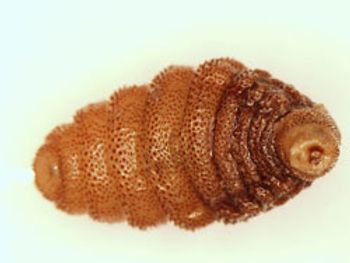
Test your knowledge of external parasites with this short quiz.
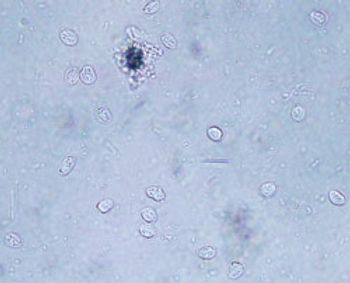
Test your veterinary parasitology knowledge with this short interactive quiz.
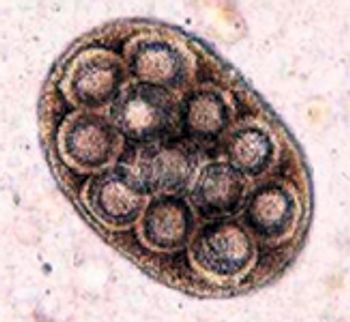
Careful attention is needed both to prevent tapeworm infections and to ensure prompt, effective treatment when infections do occur.

Environmental contamination with infectious stages of gastrointestinal helminths is widespread, and the risk of reinfection of pets, particularly those allowed to roam freely outside, is great.

Published: March 1st 2025 | Updated:

Published: February 11th 2025 | Updated:

Published: January 31st 2025 | Updated:

Published: April 1st 2010 | Updated:

Published: April 1st 2010 | Updated:

Published: April 1st 2010 | Updated: